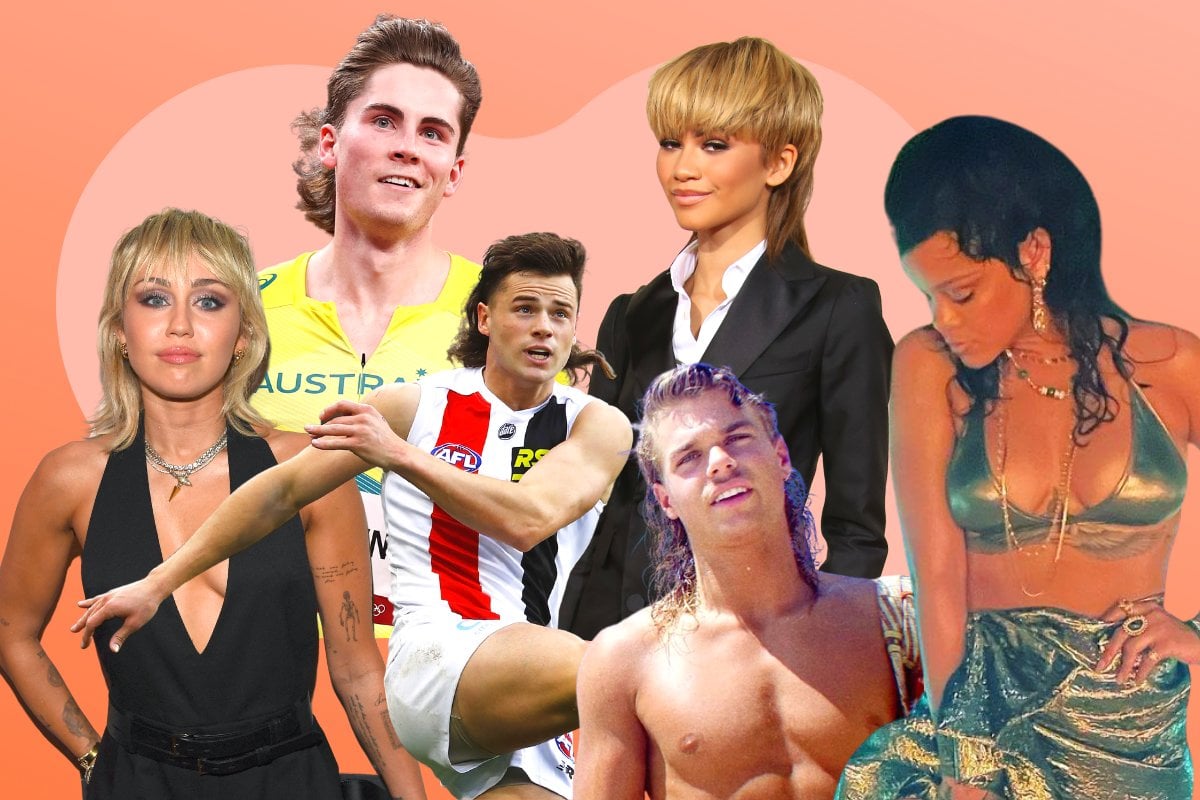
We've all noticed it.
I mean, I think that is the point.
No one is leaving their house with a mullet if they want to lie low. That's not how mullets work.
Watch: Mullet or no-mullet, here are some haircare tips to keep your locks in tip-top shape. Post continues below video.
Mullets say: "look at me". They're in your face. They leave an impression, whether you're... weirdly attracted to them or simply wondering when the last time those strands met an ounce of shampoo.
So yes. We've all noticed that mullets are back in a big way. And we simply must talk about it.
The "business in the front, party in the back" hairstyle has slowly creeped its way back into our lives in recent years.
We laughed as it made its way onto the heads of footy players and shrugged when Miley Cyrus payed homage to her dad and his achy breaky heart, circa 1992.
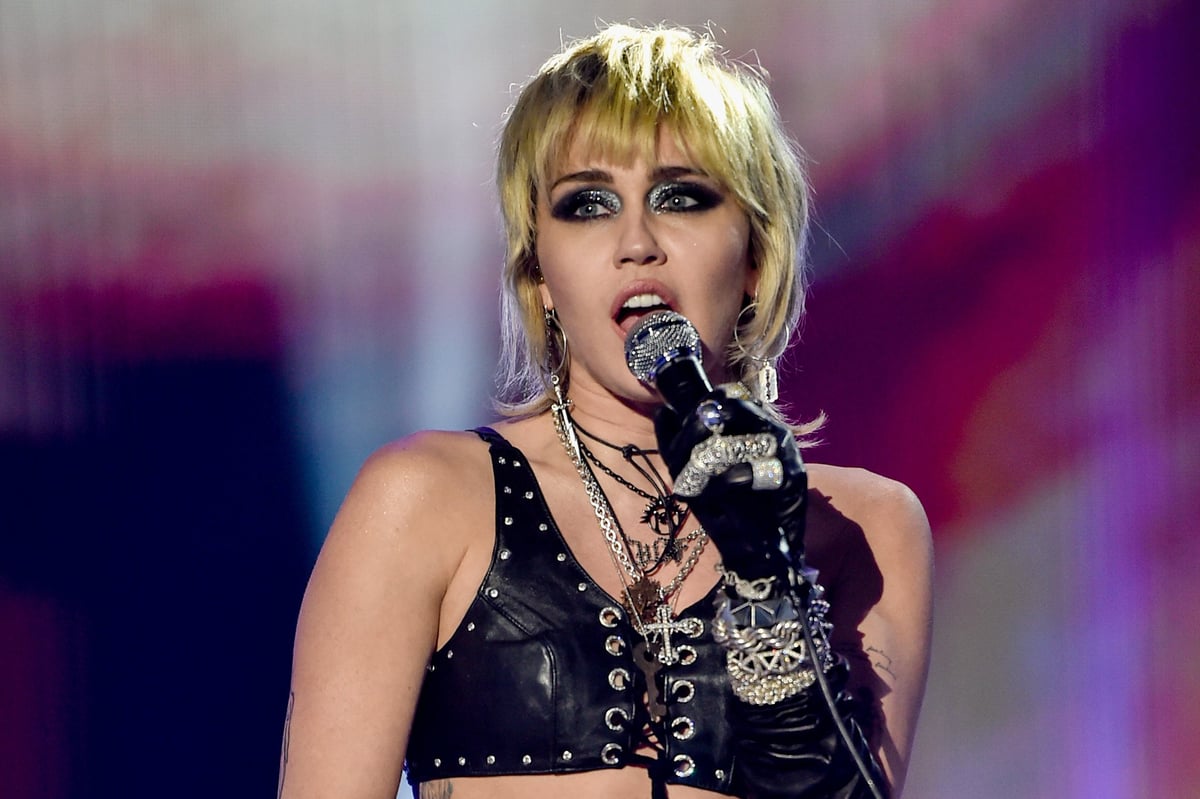 Queen Miley of the Mullet. Image: Getty.
Queen Miley of the Mullet. Image: Getty.

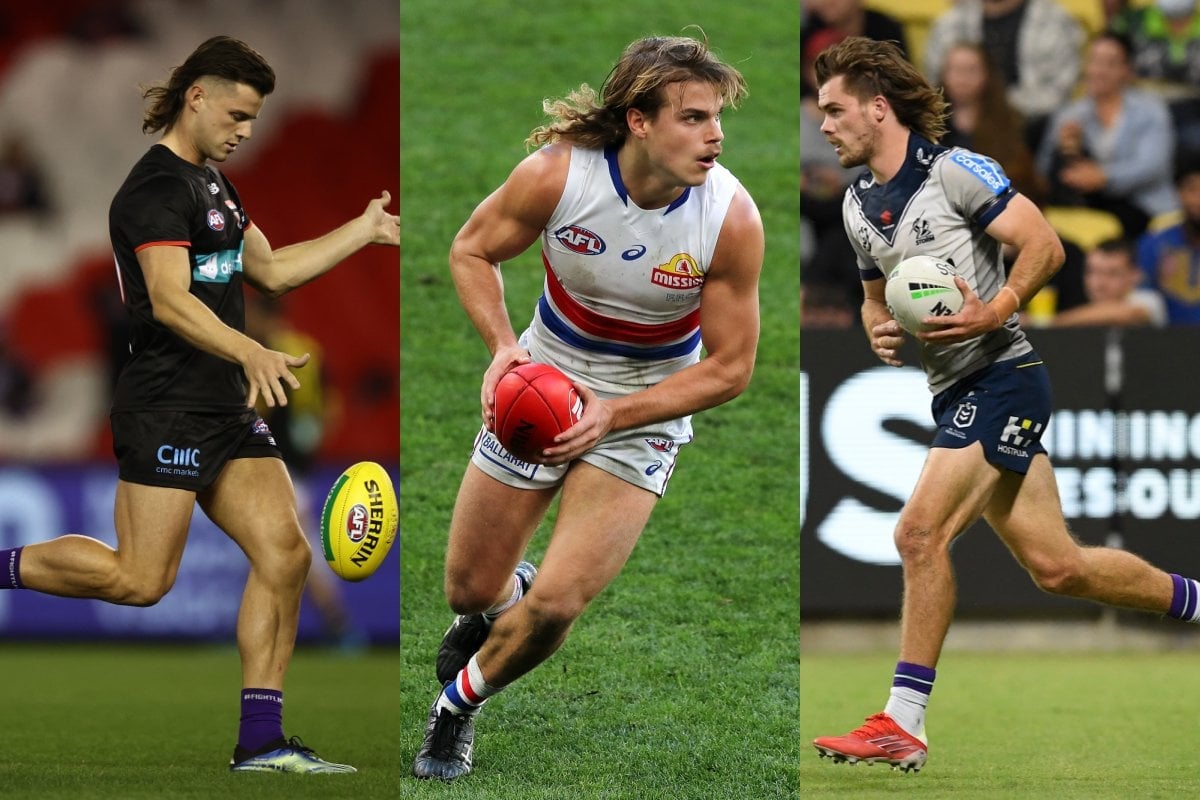
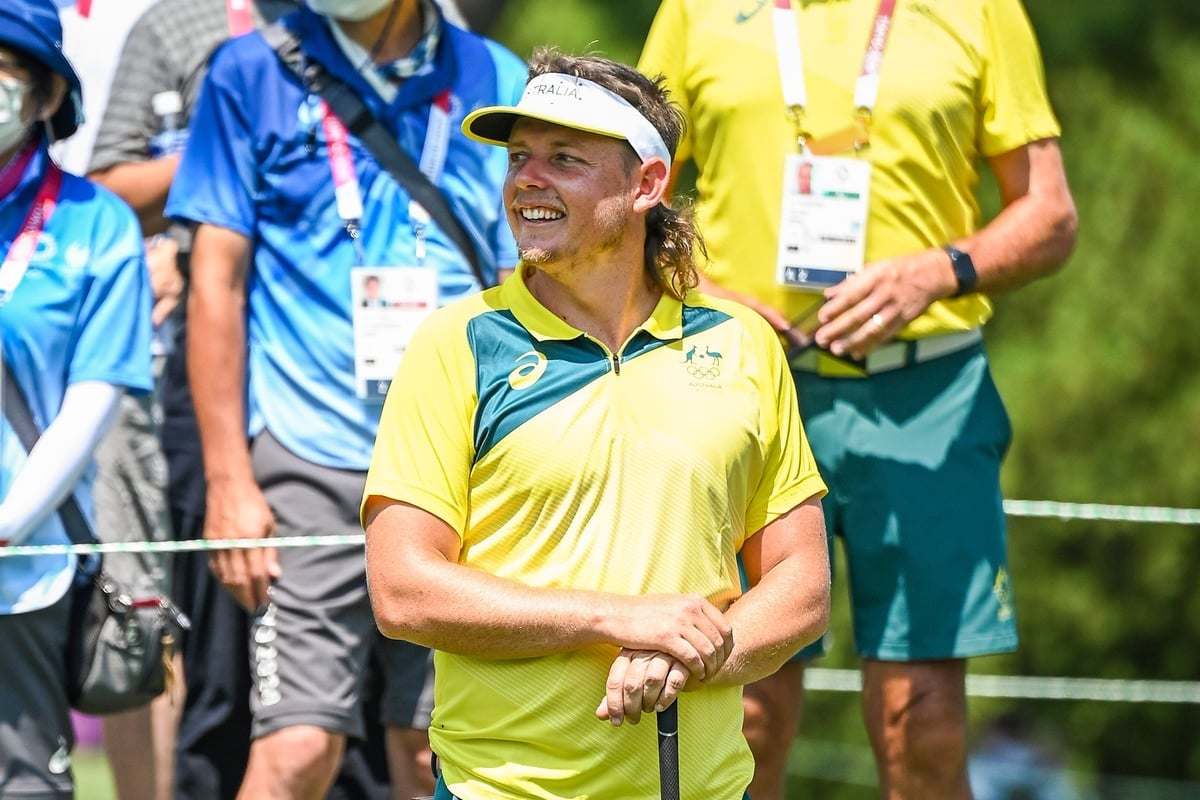
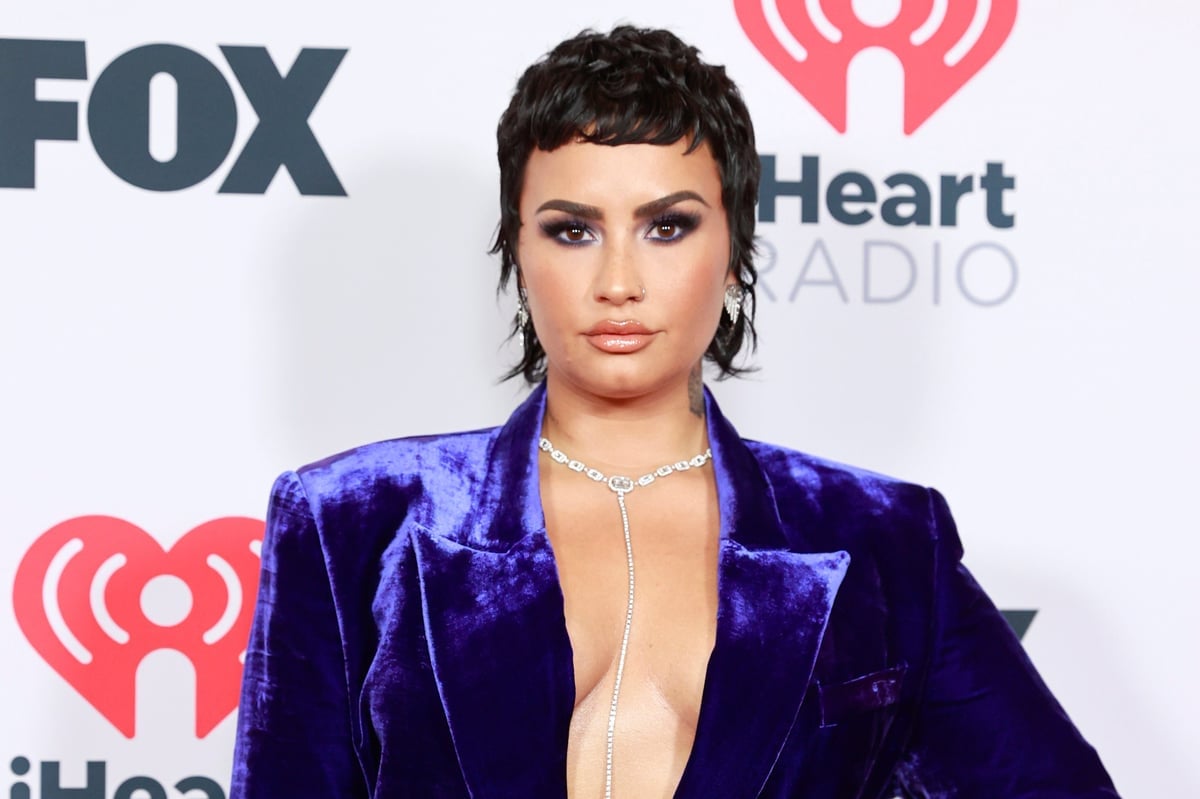

Top Comments